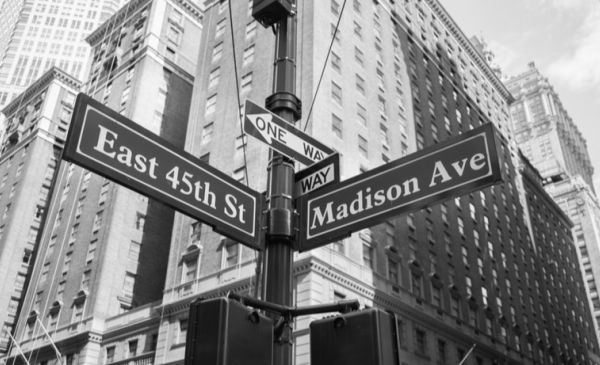Imagine a world where the Ordnance Survey is a bigger brand than Disney. Not crazy enough for you? OK, how about the idea that the Royal Albert Hall’s brand is twice as powerful as VW in the UK? Or how would you react if I told you that Mercedes Trucks’ brand is twice as good as Tiffany? Still not convinced? Would you believe me that Royal Doulton is a more powerful brand in Britain than Tesco?
These are all part of the latest results from Superbrands UK, which released its annual Top 500 brands last week. To my mind they are utterly baffling. Can you guess the hot new brand that did not even make it into the Top 500 last year but entered it this year in 10th place? You guessed it – Encyclopedia Britannica. Obviously, it’s been a good year for encyclopedias in the UK, because Superbrands rates it as twice as powerful as YouTube.
In my view, there are so many things wrong with the Superbrands rating that it is hard to know where to begin. A drunken bingo caller with a personality disorder might have come up with a more logical ranking. Perhaps this is not surprising, given the methodology that Superbrands uses to come up with its rankings.
First, a list of leading brands is compiled from secondary material and a shortlist of 1400 brands created. Then, an expert panel of marketers meets and ranks each brand on a score from one to 10 based on a definition of a ‘superbrand given to them by Superbrands’. The highest-scoring 900 brands are then ‘voted on’ by 2100 British consumers and the 500 most popular are published as Superbrands’ ‘definitive’ list of Britain’s top brands.
One of the best tests of any research method is consistency. If you ask a representative sample of consumers for their opinions and then repeat the research again the next day, the results should be more or less identical, at least within the bounds of statistical significance. Repeat that research after one year, as Superbrands does with its annual ranking, and you would expect to see some changes in the relative scores of the brands in question. However, you would not anticipate the kind of wild variations between the 2008 and 2009 rankings.
Both HSBC and Vodafone, for example, have had very good commercial years in the UK and yet have managed to slip more than 100 places in the Superbrands ranking this year and lose almost half their power, according to the list’s ratings. Then there are the brands such as Rolex (second) and Lego (eighth) that leapt suddenly to the top of this year’s rankings, despite not even making it into the Top 500 in 2008.
I have nothing but begrudging admiration for Stephen Cheliotis, chairman of UK Superbrands, because he is one hell of a salesman. He has built Superbrands into perhaps the most famous and written-about branding document in Britain.
However, I feel angry with the journalists at Sky News, the BBC, The Sunday Telegraph and all the other respected media sources that reported this ranking last week without apparently first adequately questioning how the results had been arrived at.
Perhaps someone at the BBC can explain to me how Cow & Gate is a bigger brand than Waitrose? Or how Colman’s (the mustard brand) is twice as powerful as Puma?
In my view, Interbrand, Millward Brown Optimor and Brand Finance each offer an independent, analytical and entirely plausible ranking based on brand equity. But Superbrands? When will this dark stain on the profession of branding be removed?
The Blake Project Can Help: Accelerate Brand Growth Through Powerful Emotional Connections
Branding Strategy Insider is a service of The Blake Project: A strategic brand consultancy specializing in Brand Research, Brand Strategy, Brand Licensing and Brand Education






3 comments
jestyn
July 26, 2009 at 4:36 am
My experience of Superbrands is that it is in any case just a vanity publishing process. It seems to exist to get naive executives to fork out a large sum of money to have their brand featured in a “Superbrands” book, which has, errr, no value at all…
Stephen Cheliotis
July 28, 2009 at 6:15 am
There are many inaccuracies here, I.e. Encyclopedia Britannica was in the top 30 the previous year and has performed very consistently as have many other brands. Lego too was in the top 20 last year and has only moved a few places from the previous year.
Secondly the brands were rated on specific factors (and certainly not on their power!). They were rated on quality, reliability and distinction, using these factors clearly most of the British public do think Royal Doulton is better than Tesco etc.
Thirdly the rankings in the UK have nothing to do with the Superbrands book, they are exactly as placed by the British public.
Fourthly, thanks Mark for the admiration but please note I don’t work for Superbrands and haven’t for three years, though I still chair their expert council.
TomMorton
July 28, 2009 at 6:31 am
Perhaps it’s related to the Cool Brands book which you can buy your way in to.
Comments are closed.